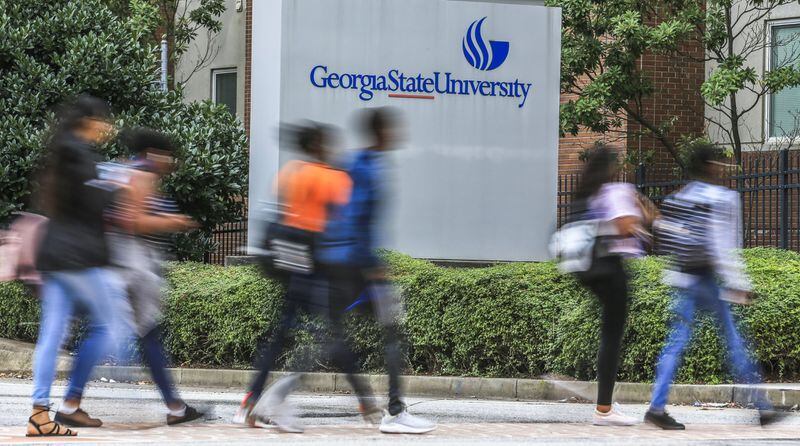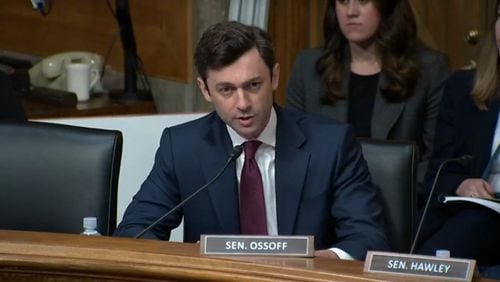A group of education reporters and editors recently created a website to track how much money students from different income brackets are paying to attend college.
One immediate takeaway from the folks who created the free site, called TuitionTracker.org: Students from lower-income families are paying more for college than they were a few years ago.
Political leaders in Georgia and much of the nation have looked for ways in recent years with mixed results to make college more affordable for lower-income students as data continues to show they’re paying more in tuition and it’s taking a greater portion of their family income.
The website suggests there’s more work to do.
College costs for low-income students after grants and scholarships, which Tuition Tracker calls the “net price,” increased by more than 30 percent in a recent five-year stretch at several of Georgia’s largest private and public colleges and universities.
Low-income students are described as those with family incomes less than $30,000 a year, which represents about one-quarter of Georgia families, according to some researchers. The cost of college for students whose families make more than $110,000 annually increased at a slower pace for many of those same Georgia colleges and universities.
The findings mirror a September 2017 report by the nonprofit Georgia Budget and Policy Institute (GBPI). Tuition Tracker was produced by The Hechinger Report, Education Writers Association (EWA) and the Dallas Morning News.
Georgia State University, which enrolls more low-income students than nearly any university in America, has offered retention grants to students to help with tuition in recent years. Nearly 29,000 students enrolled this fall were eligible for federal grants for students with financial need. Eighty-six percent of students who received the grants have graduated, officials say.
State lawmakers earlier this year moved forward with a similar approach, passing a law that would offer grants each semester to low-income students ineligible for the HOPE Scholarship, provided they meet certain income and academic criteria.
State funding to the University System of Georgia (USG) has declined significantly since The Great Recession a decade ago, from $8,191 per full-time student in fiscal year 2009 to $7,541 per student this fiscal year, according to system data. There’s been a similar decline to the Technical College System of Georgia, the institute reported.
In general, state lawmakers have been cautious about increasing spending since the Recession.
USG officials are quick to praise state lawmakers for the money they give the system, noting funding has increased per student 35 percent since fiscal year 2012. They are acutely aware of concerns about tuition for low-income students. The state's Board of Regents voted in April to keep tuition this academic year at 2017-18 rates.
Jennifer Lee, the GBPI’s higher education policy analyst, said a two-pronged approach of states increasing funding to colleges and more needs-based aid for low-income students would be the best approach.
“Right now the state gives the fewest resources to the students who need it most,” she said.
About the Author







